Our Field Day in Virginia was pretty decent this year. We had plenty of visitors responding to our newspaper notice. Several folks took a turn at the Get On The Air (GOTA) station.
However, we always forget some obvious items every year.
The lessons learned from sunshine related issues are obvious. We forgot ways to shade them again this year because we got so busy with other preparation details.
Here are a few lessons learned from our Field Day written in the form of system requirements.
- The network routers shall be set to one fixed speed rather than auto-negotiate the speed to keep the network connections more seamless.
- The network routers should have their speed set to the minimum speed of 1 Mbps to provide the best sensitivity (this is plenty fast enough for the meager network needs with the N3FJP software).
- The network routers should have their RF output power set to below the maximum (250 mW for the Linksys WRT54G running DD-WRT) if the Field Day site is hot
- All network nodes shall use static IP addresses.
- Network nodes shall not use DHCP addresses.
- The Network shall not use domain or host names.
- The radios shall be protected from direct sunshine at all times.
- The computers shall be protected from direct sunshine at all times.
During Field Day setup we ran into difficulty. The network came up just fine, but the N3FJP clients keep popping up the error about breaking link with the server’s database file. Changing the speed in the DD-WRT routers from variable to a fixed rate fixed the problems. We picked the slowest 802.11b speed of 1 Mbps to ensure the routers had maximum sensitivity. This solved the connection issues perfectly.
We also raised the RF power output from the default of 80 mW or so to the maximum value of 250 mW. This ran just fine, but when our WRT54G specialist found out what we did, he expressed concern the routers might overheat in the summer sun. We agreed and lowered the power output values to 100 mW… almost the same as the default.
The network ran perfectly after all the above requirements were implemented. Hopefully next year we won’t forget the basic steps above and start Field Day on time.
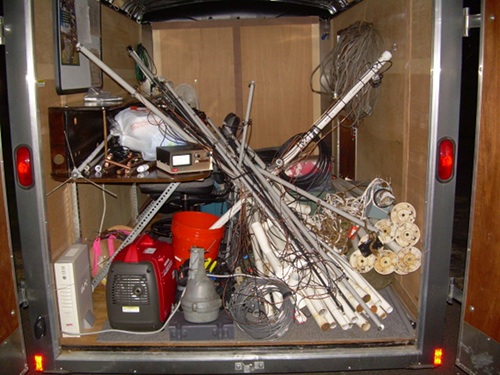
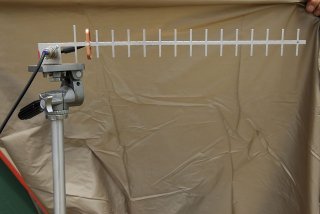
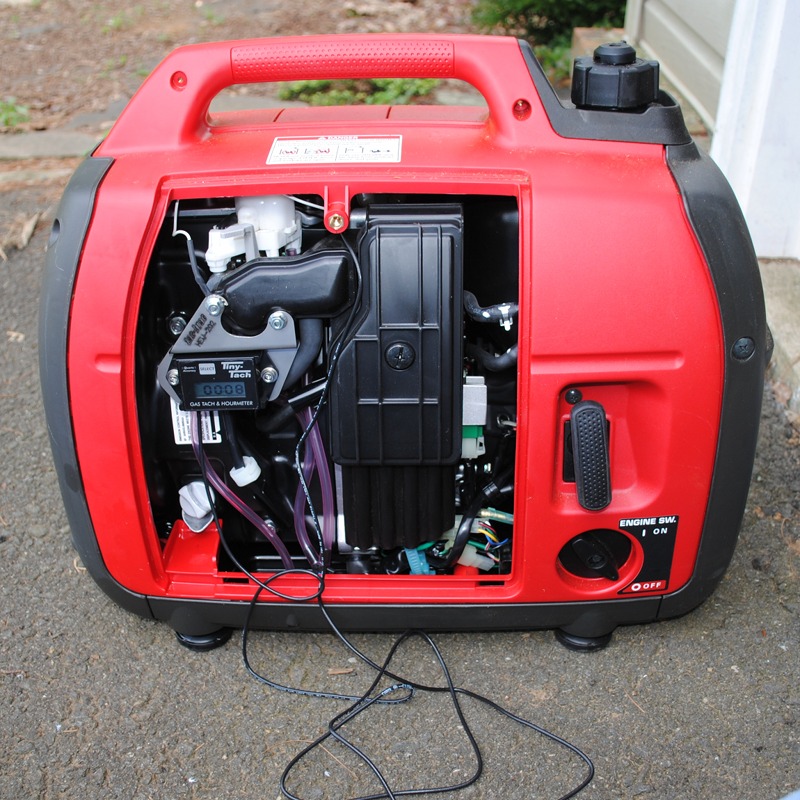
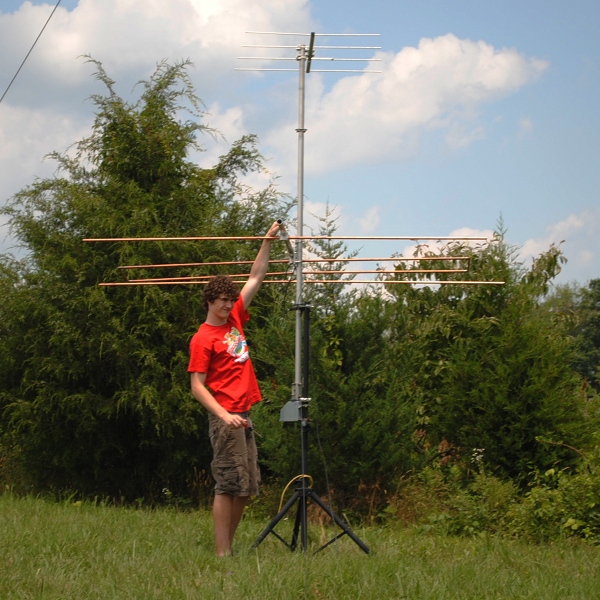
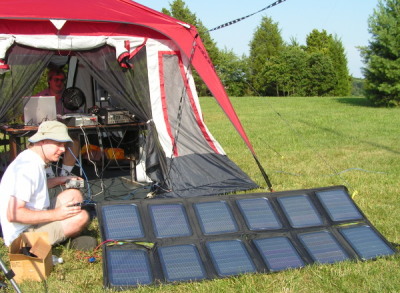

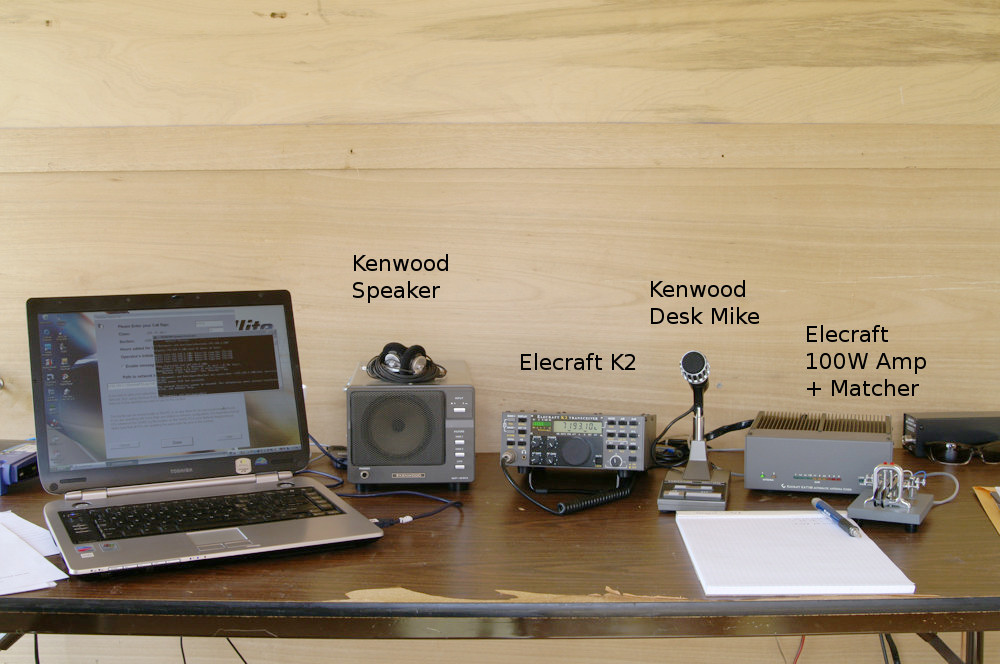
Other lessons learned… Whomever said their sunscreen was waterproof and sweatproof, forgot to say "for how long" it was proof. 🙂 We did a good job in San Antonio, TX, making sure nobody stood around in the sun, everybody wore a hat and had a full water bottle on their belt, but we forgot to make sure they put on their sunscreen every 3-4 hours or so. We redefined the phrase "Texas Redneck" last weekend.
Thanks for your comments, I've added your RSS feed to my http://www.sanantoniohams.org/blog web site for other local hams to learn from you. I agree also about the network speed issue.
We used a Linksys 802.11b router w/ standard antennas, but had range issues at our extreme points. So we tried to add a Linksys Range Expander WRE54G which is of course running at 802.11g 54mps speed instead of 11mps. It brought the network crashing down on our ears, and the N3FJP software lost all connectivity. Turn off the range expander and network returned. Might have worked ok if we had been using Linksys 802.11g 54mps router instead. Will experiment next year before we go live with it.
Lee N5NTG in San Antonio, TX